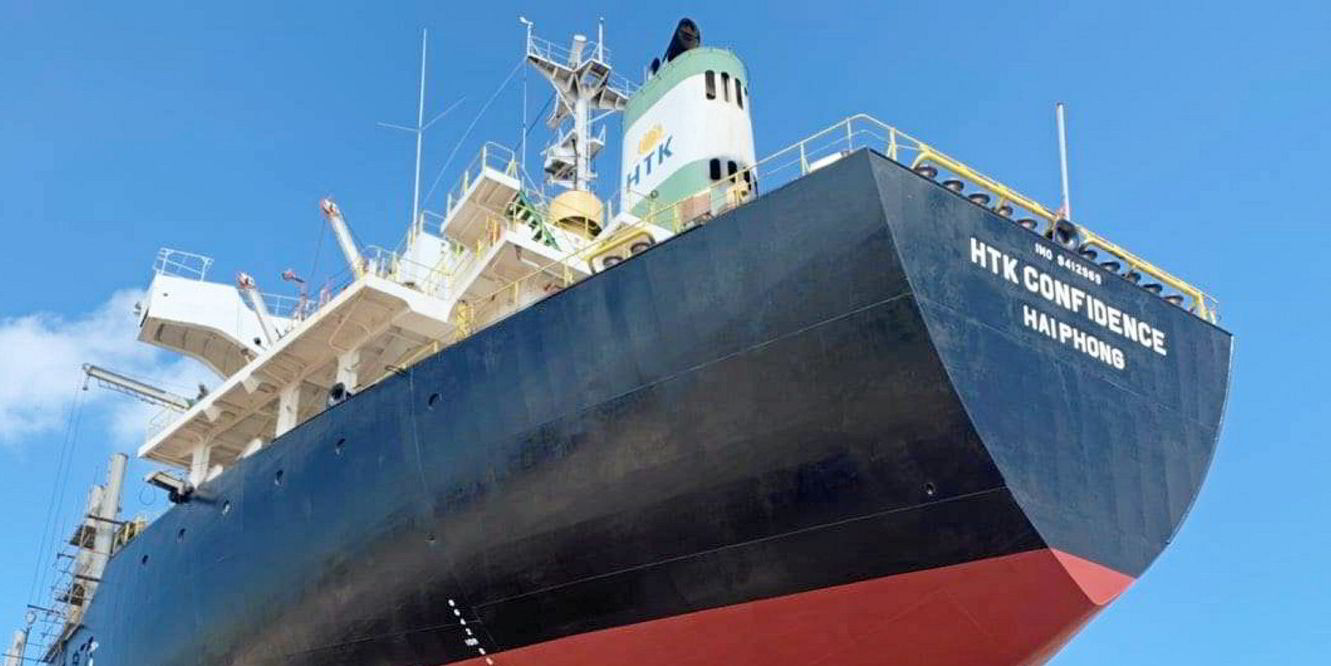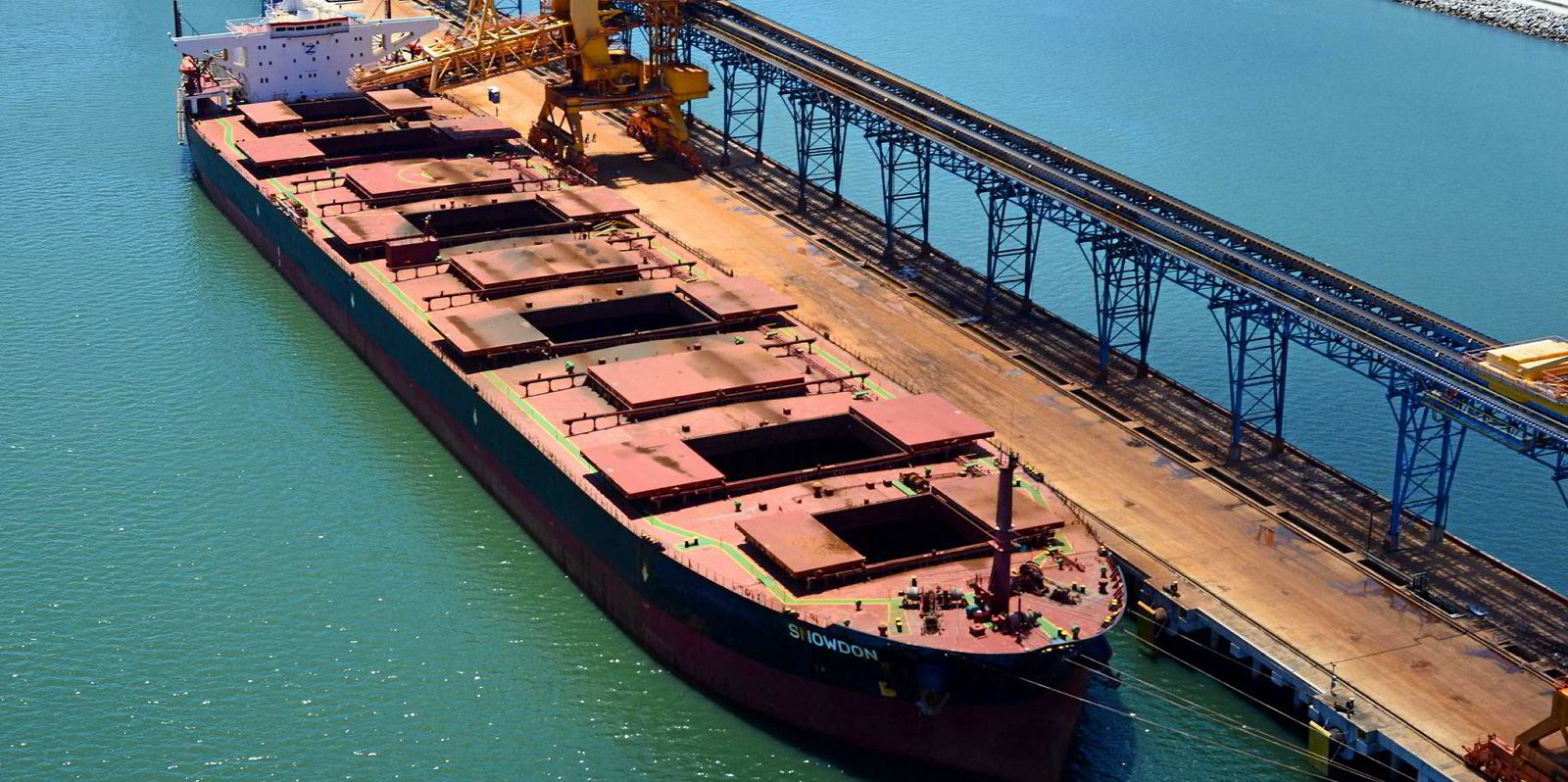The Baltic Handysize Index (BHSI) is the latest metric in dry bulk shipping to meet 2008 highs in a hot sector that shows no signs of cooling off.
The index, an indicator of market sentiment, hit 2,009 points after picking up 11 points on Thursday, according to Baltic Exchange data.
The last time the BHSI crossed the 2,000-point threshold was on 4 September 2008. At that time, the index was in a freefall as the global financial crisis took hold and it ultimately fell as low as 284 points on 12 November 2008.
The BHSI has more than tripled since the beginning of the year, boosted by average spot rates that shot up by more than three times over the same period.
The handysize 7TC, a spot-rate average weighted across seven key routes, was assessed $207 higher on Thursday to $36,616 per day.
The assessment has risen every trading day since 9 September and has more than tripled since 4 January, when it was $12,040 per day.
Rising rates in the Atlantic helped buoy the basket assessment, particularly for trips from the US Gulf and north coast of South America to the European Continent and Mediterranean.
The market in Asia, however, has softened during the Golden Week holiday.
On Wednesday, the Baltic Capesize Index (BCI) surpassed 10,000 points for the first time since September 2008, propelled by ever-higher average spot rates for the large bulkers.
The capesize 5TC, the average spot rate weighted across five benchmark routes, is more than five times higher than it was at the turn of the year.
On Thursday, the assessment gained $83 to reach $86,953 per day, having risen this year from $16,656 per day on 4 January.
Rates for panamaxes and supramaxes have also nearly tripled this year and remain at some of the highest levels in more than 10 years.
The panamax 5TC assessment lost $177 on Thursday and fell to $34,953 per day, continuing the rout seen over the past week.
The supramax 10TC, the average spot rate weighted over 10 key routes, was assessed $176 higher on Thursday at $37,445 per day.








